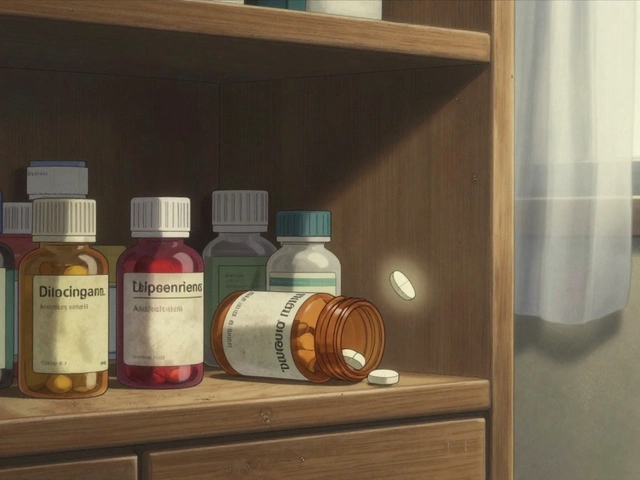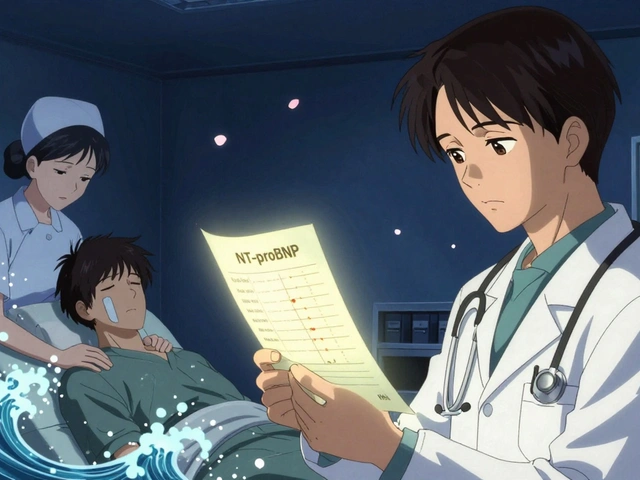Pediatric Muscle Cramps: What Triggers Them and How to Ease the Pain
When dealing with pediatric muscle cramps, sudden, painful tightening of a child’s muscle that often occurs at night or after activity. Also called child leg cramps, these spasms can alarm parents but are usually manageable with the right approach.
Electrolyte imbalance, a disruption in minerals like potassium, calcium, and magnesium that help muscles contract and relax is a key driver of pediatric muscle cramps. When these minerals drop, muscles can’t unwind properly, leading to the dreaded “charley horse” feeling. Dehydration, insufficient fluid intake that reduces blood volume and mineral transport often goes hand‑in‑hand with low electrolytes, especially after sports or hot weather. Together they trigger involuntary muscle contractions that wake kids up at night. Another related condition is restless leg syndrome, a neurological urge to move the legs, often accompanied by cramps, which shows up in many of the posts we’ve gathered for you.
To keep cramps at bay, focus on three practical steps: first, ensure adequate hydration by offering water throughout the day and after exercise. Second, incorporate foods rich in potassium (bananas, oranges), calcium (yogurt, cheese), and magnesium (nuts, leafy greens) or consider age‑appropriate supplements if a doctor recommends. Third, teach simple stretching exercises, gentle movements that lengthen muscle fibers before bed or after activity—like calf raises or ankle circles—to improve flexibility. These actions address the core factors, because proper mineral balance, fluid levels, and muscle preparation reduce the frequency and intensity of pediatric muscle cramps.
Below you’ll find a curated list of articles ranging from quick home remedies and nutrition tips to when a medical evaluation is needed. Whether you’re looking for immediate relief or long‑term prevention strategies, the posts below cover the full spectrum of pediatric muscle cramp management.
How to Manage Spasms in Children: Practical Tips for Parents
Learn practical steps to handle muscle spasms in children, from immediate home relief to long‑term prevention and when to seek medical help.






